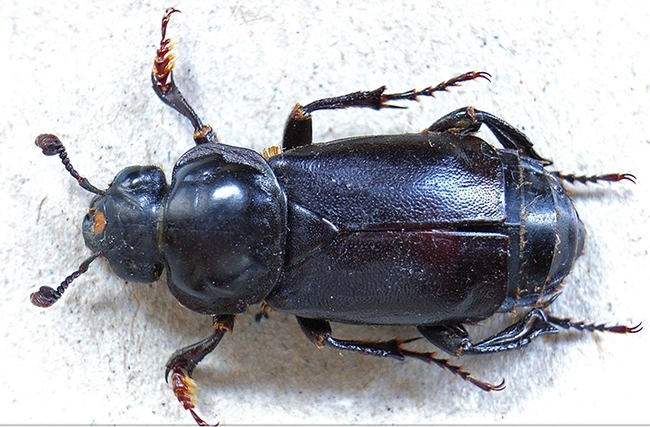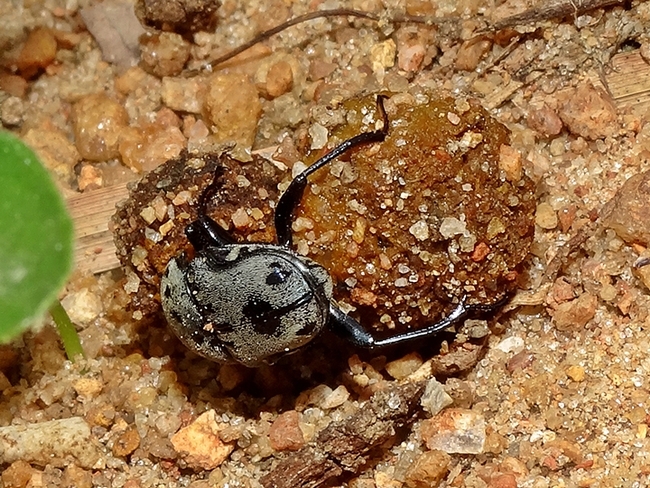- Author: Kathy Keatley Garvey
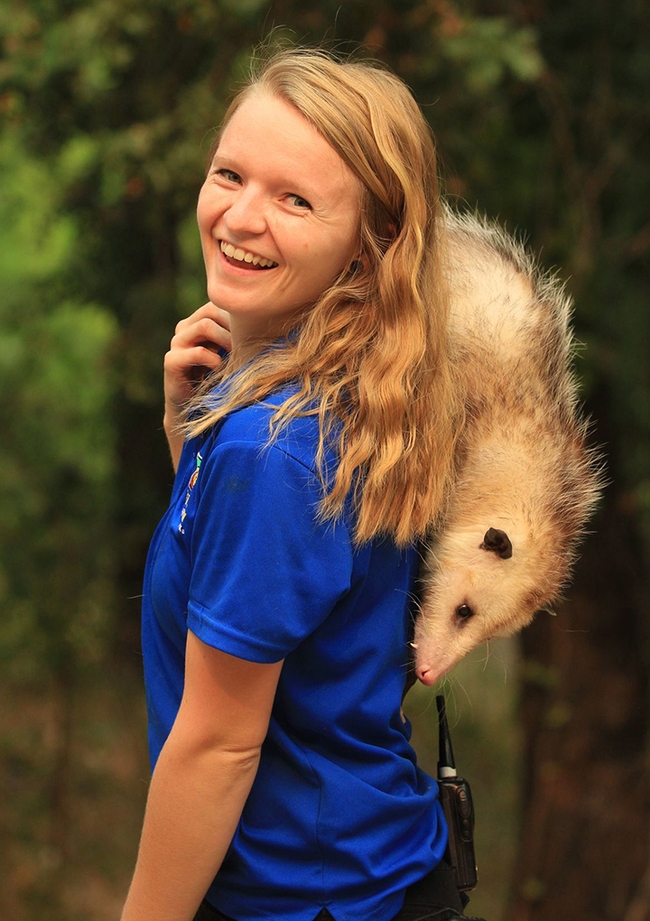
From boring beetles to burying beetles...and beetles from Belize and more...
And you're invited.
The Bohart Museum of Entomology is hosting an open house, themed "Beetles," from 1 to 4 p.m., Sunday, Jan. 24 in Room 1124 of the Academic Surge Building, 455 Crocker Lane, UC Davis campus. It's free and family friendly.
A Cal Fire display of bark beetle specimens; children's activities by Project Learning Tree California; and a UC Davis graduate student's display of tree cores and boring tools are among the new additions to the open house.
Also scheduled to participate is carabid beetle expert Kipling "Kip" Wills, associate professor with the UC Berkeley Department of Environmental Science, Policy and Management, announced Lynn Kimsey, director of the Bohart Museum and a UC Davis distinguished professor of entomology.
Cal Fire
Curtis Ewing, a senior environmental scientist with Cal Fire's Forest Entomology and Pathology, will show specimens of "many different invasive and native species that do or could impact forest health in California." They include such specimens as Ips engravers, Western pine beetles, flat-headed borers and various long-horned beetles. Among others on the list: coconut rhinoceros beetles, South American palm weevils, Asian longhorned beetles, emerald ash borers, gold spotted oak borers, Eucalyptus borers, invasive shot hole borers and Mediterranean oak borers.
"I will have a table with displays and a USB microscope hooked up to a screen and specimens," Ewing said, "so people can put different, small, species under the scope."
What should people know about bark beetles and the damage they cause?
"Native bark beetles, roundheaded borers and flatheaded borers are a natural part of our native forest ecosystems," Ewing said. "When our forests receive adequate amount of rain and do not suffer from extreme heat stress, these beetles thin the forest by attacking weakened and diseased trees. During times of high water stress, which is a combination of low rainfall, and often more importantly, high levels of heat stress, these native beetles can kill large forest areas. Trees in our cities and towns are threatened by a number of introduced beetles that attack and kill healthy trees. The beetles are able to attack trees that are otherwise healthy and happy, not suffering from drought or heat, because they lack an effective defense against these new alien."
Project Learning Tree California
Jonelle Mason, a UC Agriculture and Natural Resources (UC ANR) employee and coordinator of Project Learning Tree (PLT) California, an initiative of the Sustainable Forestry Initiative (partnered with the California Department of Forestry and Fire Protection-Urban and Community Forestry Program), will be tabling children's activities in the hallway of the Academic Surge Building. They will include a hands-on peppermint beetle activity.
"We specifically have an activity focused for K-5 called peppermint beetle!" Mason related. "It models how animals use a sense of smell to respond to the environment around them and identifying smells in our daily lives. "This is a super fun activity to present and then bring back to kids! It specifically will focus on bark beetles."
Mason, a master herpetologist and a former zookeeper with a bachelor's degree in biology, worked with exotic animals for 12 years before joining the PLT team to continue "my fierce love for nature and environmental education." As a zookeeper, she worked "with some of the largest animals on the planet" and "used animal training to influence thousands of people throughout the country."
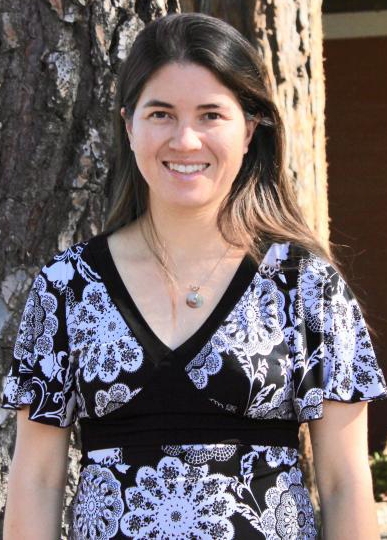
UC Davis graduate student Jennifer Cribbs of the Graduate Program of Environmental Policy and Management, will display tree cores and boring tools. She focuses on restoration, botany and forest dynamics. Cribbs holds a bachelor's degree in psychology from Stanford University. Following her graduation, she worked for the National Park Service, the U.S. Forest Service, and the U.S. Geological Survey where her job duties ranged from tagging endangered sea turtles at Padre Island National Seashore to leading a field crew focused on assessing the health of white pines in Sequoia and Kings Canyon National Park.
Previously announced:
Burying Beetles
Tracie Hayes, a doctoral candidate and burying beetle researcher in the laboratory of Professor Louie Yang, UC Davis Department of Entomology and Nematology, will discuss her work and present a video she created, "A Clearance of Death on Behalf of Life" at https://youtu.be/cGLOE7SrbiU. She will field questions about the insect and her research. (See news story)
Beetles from Belize
Folsom Lake College professor Fran Keller, a Bohart Museum scientist and a UC Davis doctoral alumna of entomology, will discuss the beetles that she and other scientists collected in Belize. (See Bug Squad blog)
Arts and Crafts
The family arts-and-craft activity will be to color a drawing of a carrion beetle, the work of Tracie Hayes.
The Bohart Museum, dedicated to "understanding, documenting and communicating terrestrial arthropod diversity," was founded in 1946 and named for UC Davis professor and noted entomologist Richard Bohart. In addition to its global collection of eight million insect specimens, it houses a live "petting zoo," featuring Madagascar hissing cockroaches, walking sticks and tarantulas; and a year-around gift shop, stocked with insect-themed books, posters, jewelry, t-shirts, hoodies and more.
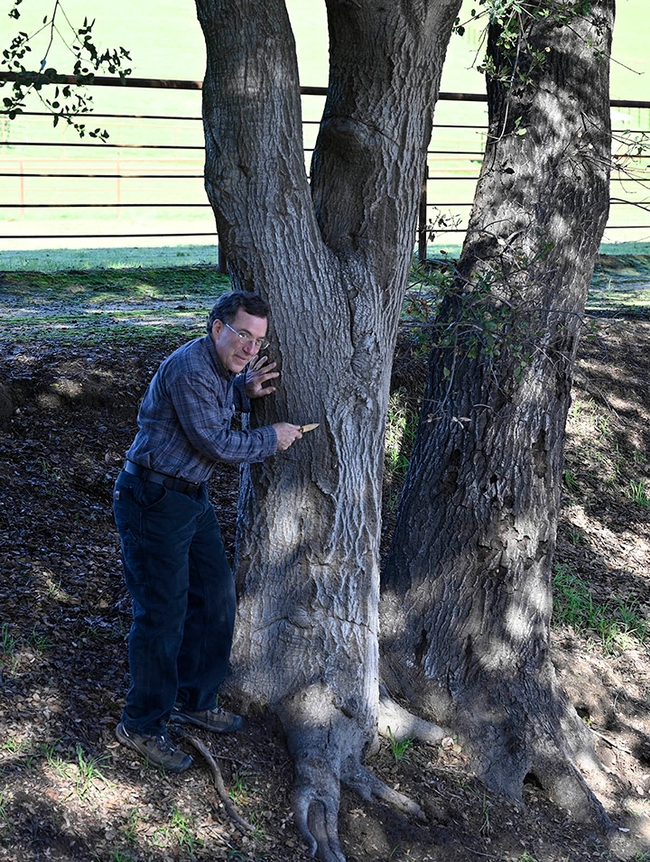
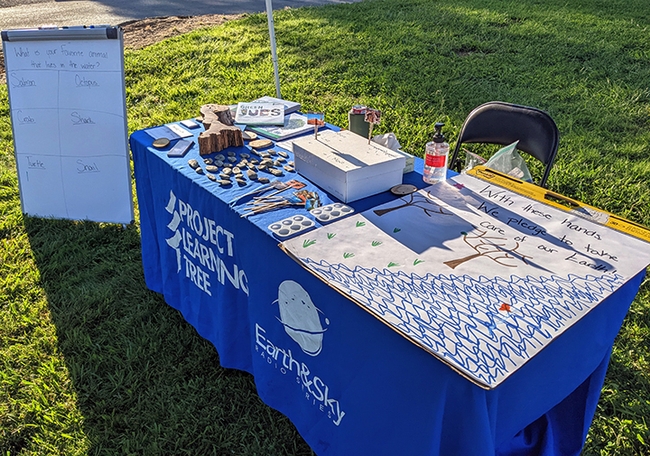
- Author: Kathy Keatley Garvey
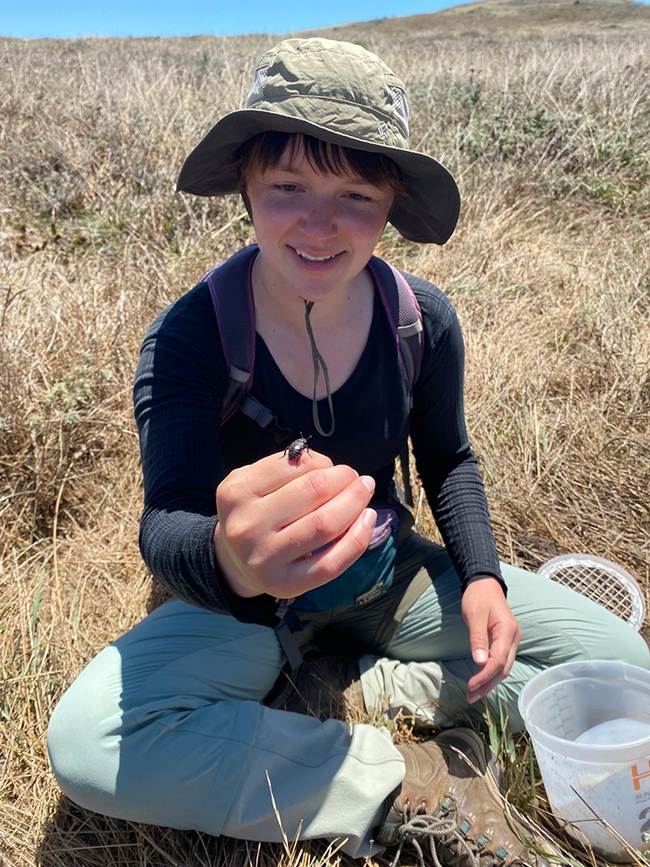
On the more serious side, you'll probably never see the "burying beetle" research that ecologist-artist Tracie Hayes, a doctoral candidate in the laboratory of Professor Louie Yang, UC Davis Department of Entomology and Nematology, does at the restricted-access Bodega Marine Reserve.
But you can if you attend the Bohart Museum of Entomology open house from 1 to 4 p.m., Sunday, Jan. 22 in Room 1124 of the Academic Surge Building, Crocker Lane, UC Davis campus.
The open house will showcase scores of beetle species, and ecologist-artist Hayes will be among the scientists participating.
Hayes researches the yellow-bellied burying beetle, Nicrophorus guttula, at the Bodega Marine Reserve. She's also an accomplished artist and intricately draws the insect and its environment.
Burying beetles, as their name implies, bury small carcasses, like mice, birds and squirrels, and use them to feed their larvae.
"We have about a million beetle specimens in our global collection of eight million insect specimens," said Lynn Kimsey, director of the Bohart Museum and a UC Davis distinguished professor of entomology.
The event, open to the public, is free and family friendly. The arts-and-crafts activity will be to color a drawing of a carrion beetle (genus Heterosilpha), the work of Hayes.
N. guttula, described by Russian entomologist Victor Motschulsky, belongs to the order Coleoptera and the family Silphidae (carrion beetles).
“Burying beetles are really very similar to us,” said Hayes, noting that the male and female meet, pair up, engage in building their home, and help feed the offspring. “They find a good carcass to settle down with; a pair gets to know each other by stridulating back and forth; and then they will prepare their home by burying the carcass and building a nice nursery chamber. After eggs are laid and larvae hatch, both parents will help feed the offspring.”
“I became interested in burying beetles when I was exploring potential field sites during my first year (of graduate school), and came across some carrion beetles, Heterosilpha ramosa, at the Bodega Marine Reserve,” said Hayes, who grew up in Charlotte, N.C., received two degrees from the University of North Carolina at Chapel Hill, and joined the UC Davis population biology graduate program in 2019. “I was captivated by their abundance and movement across the landscape and started reading the literature about carrion beetles generally.”
“I came across a lot of cool experiments with these important scavengers and realized they could be a useful system for asking questions about resource scarcity in space and time,” Hayes related. “Later that summer I set out mice carcasses across the reserve to see if I could find burying beetles (carrion beetles in the genus Nicrophorus), and I was lucky enough to catch multiple Nicrophorus and witness their fascinating behaviors in the field.”
At the open house, Hayes will present a video she created, "A Clearance of Death on Behalf of Life" at https://youtu.be/cGLOE7SrbiU, and field questions about the insect and her research.
Hayes presented a research poster on “Moisture Modulates Ephemeral Resource Patch Quality for Burying Beetle Reproduction” at two 2022 scientific meetings: the Entomological Society of America Joint Annual Meeting, Vancouver, Canada, an also at the 2022 American Society of Naturalists Meeting, Pacific Grove, Calif.
What sparked her interest in entomology? “I like working with insects because they usually come at a scale amenable to ecology experiments, they are super diverse, leading to a diversity of potential questions, and because they are beautiful--especially my charismatic Nicrophorus!” Hayes said.
“Also, burying beetles serve as a model system for studying organisms that specialize on resources that are rare in space and time. These ‘ephemeral resource patches'-- in this case, small carcasses--act as epicenters for interesting ecological interactions.”
A highlight of her research: “Last summer, using experimental chambers in the field, I measured reproductive output across a range of conditions. I found that pairs require a fresh carcass over a dry one in order to reproduce successfully, and competition from the generalist carrion beetle Heterosilpha reduces total offspring count. Both competition and carcass moisture affect the quality of the carcass as perceived by these beetles. Under shifting environmental conditions and species interactions under climate change, burying beetles, as specialists of ephemeral resource patches, may serve as indicators of how organisms will respond to change in general.”
National Science Foundation. Hayes received a $138,000 National Science Foundation Graduate Research Fellowship (GRP) in 2019, and in 2022, was awarded a $25,000 Russell J. and Dorothy S. Bilinski Bodega Marine Laboratory Fellowship.
A 2017 alumna of UNC-Chapel Hill, with the highest distinction, Tracie holds a bachelor of science degree in biology with honors, and a bachelor of arts degree in studio art, with highest honors. Her work experience includes lab manager for the Echinacea Project, Chicago Botanic Garden; research intern for the Dell Ecology Lab, National Great Rivers Research and Education Center, Alton, Ill.; and undergraduate researcher for the Hurlbert Lab, UNC-Chapel Hill.
Engaged in teaching, outreach and science communication at UC Davis, Hayes served recently as a teaching assistant for the course, Entomology 001 “Art, Science and the World of Insects,” and as the communications facilitator, mentor, and workshop leader for the UC Davis Evolution and Ecology Graduate School Preview Program. She created a Bohart Museum of Entomology specimen display drawer, “Here Today, Gone Tomorrow: Insects that Use Ephemeral Resources,” in 2022.
In the art-communications world, Hayes gained experience as the 2013-2016 managing editor, design editor and writer for the Carolina Scientific magazine, UNC's premier undergraduate science journal, and as the 2014 - 2015 artist-in-residence and arts editor, for Event Horizon magazine, a literary and graphic arts periodical at Chapel Hill.
Her career plans? “I hope to keep doing ecology and get a faculty position eventually,” Hayes said. “I would also like to work across disciplines and incorporate art-making into my research and future career as much as possible.”
Beetle Scientists
Folsom Lake College professor Fran Keller, a Bohart Museum scientist and a UC Davis doctoral alumna of entomology, is scheduled to discuss darkling beetles, members of the family Tenebrionidae. Scientists from the California Department of Food and Agriculture also will be a key part of the open house.
The Bohart Museum, dedicated to "understanding, documenting and communicating terrestrial arthropod diversity," was founded in 1946 and named for UC Davis professor and noted entomologist Richard Bohart. In addition to its global collection of eight million insect specimens, it houses a live "petting zoo," featuring Madagascar hissing cockroaches, walking sticks and tarantulas; and a year-around gift shop, stocked with insect-themed books, posters, jewelry, t-shirts, hoodies and more.
The museum is open to the public from 8 a.m. to noon, and 1 to 5 p.m., Mondays through Thursdays.
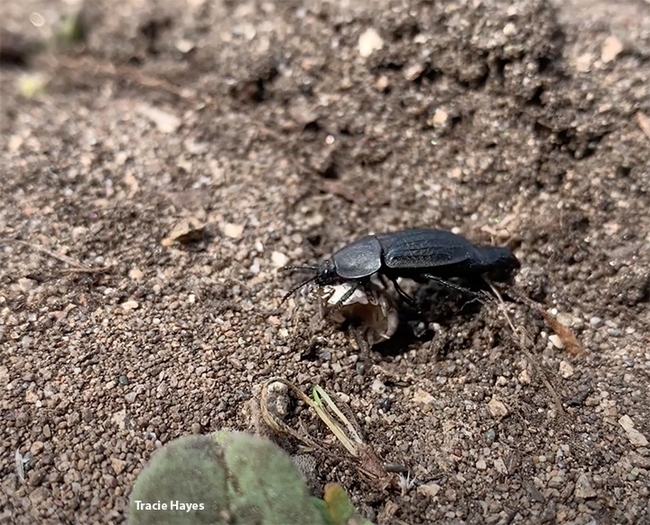
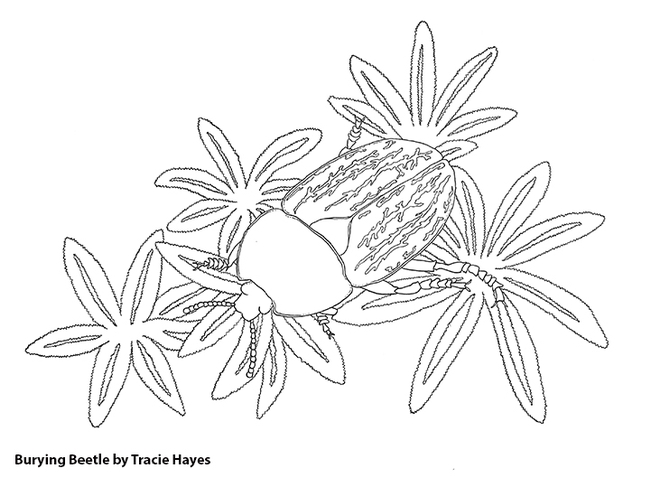
- Author: Kathy Keatley Garvey
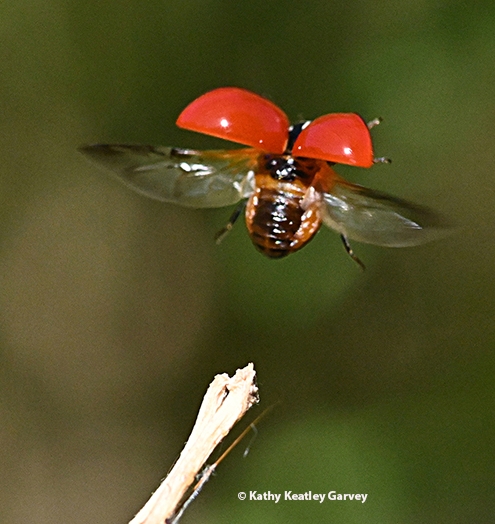
One involved the fanaticism directed at the English rock band, The Beatles.
The other? It's taking place Sunday, Jan. 22 at the Bohart Museum of Entomology at the University of California, Davis.
Beetle Mania!
The Bohart Museum is sponsoring an open house, starring the insects--not the rock band--from 1 to 4 p.m., in Room 1124 of the Academic Surge Building, Crocker Lane, on the UC Davis campus. It's free, family friendly and open to the public.
Scientists will display scores of beetle species, ranging from burying beetles and darkling beetles to dung beetles and lady beetles (aka ladybugs).
Among the presenters will be Tracie Hayes, a doctoral student in the laboratory of Professor Louie Yang, UC Davis Department of Entomology and Nematology. She researches burying beetles, genus Nicrophorus, at the Bodega Marine Reserve. She will show a video she created, display specimens, and answer questions. Burying beetles, as the name implies, are known for burying the carcasses of small vertebrates, such as mice, squirrels and birds, and using them as a food source for their larvae. The American burying beetle, Nicrophorus americanus, endemic to North America, is a critically endangered species.
Folsom Lake College professor Fran Keller, a Bohart Museum scientist and a UC Davis doctoral alumna of entomology, is scheduled to discuss darkling beetles, members of the family Tenebrionidae.
Scientists from the California Department of Food and Agriculture also will be a key part of the open house.
Beetles, belonging to the order Coleoptera, the largest insect order, total some 400,000 species. They make up "about 40 percent of all insect species so far described, and about 25 percent of all animals," according to Wikipedia.
Beneficial beetles include the lady beetle, aka ladybug, which devours aphids and other small soft-bodied insects. Another beneficial beetle: the dung beetle, which feed on feces. Serious pests include the boll weevil, the Colorado potato beetle, the coconut hispine beetle, and the mountain pine beetle.
The family arts-and-crafts activity at the open house will be coloring a burying beetle, art that's the work of Tracie Hayes.
The Bohart Museum, dedicated to "understanding, documenting and communicating terrestrial arthropod diversity," is directed by Lynn Kimsey, UC Davis distinguished professor of entomology. Founded in 1946 and named for UC Davis professor and noted entomologist Richard Bohart, it houses a global collection of eight million insect specimens; a live "petting zoo," featuring Madagascar hissing cockroaches, walking sticks and tarantulas; and a year-around gift shop, stocked with insect-themed books, posters, jewelry, t-shirts, hoodies and more.
The museum is open to the public from 8 a.m. to noon, and 1 to 5 p.m., Mondays through Thursdays.
